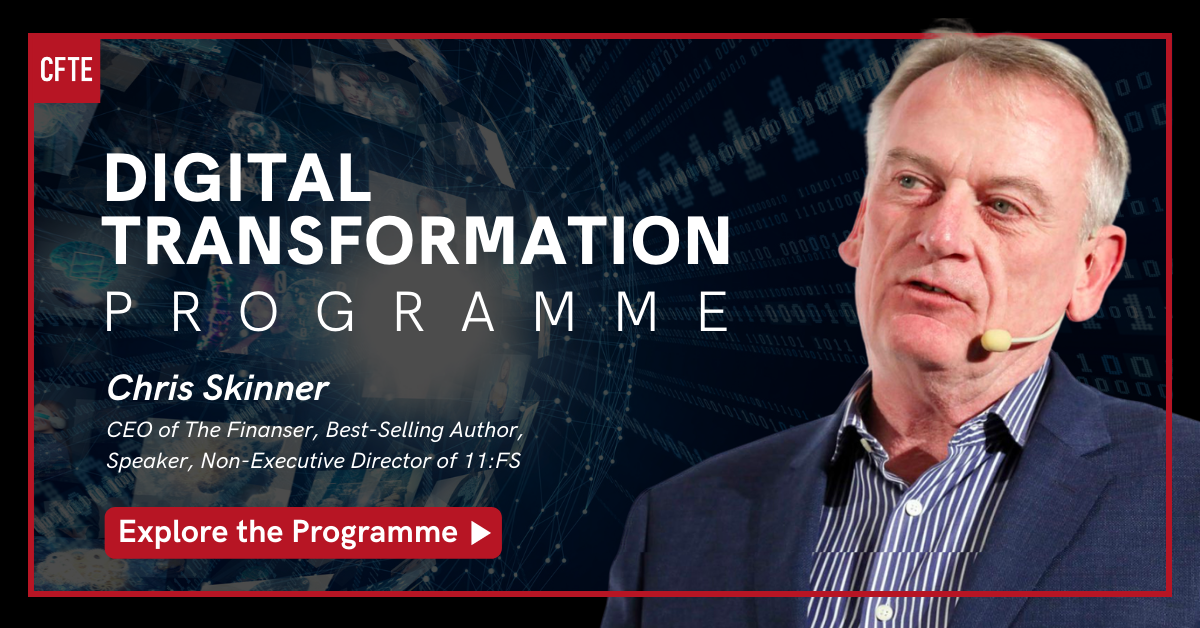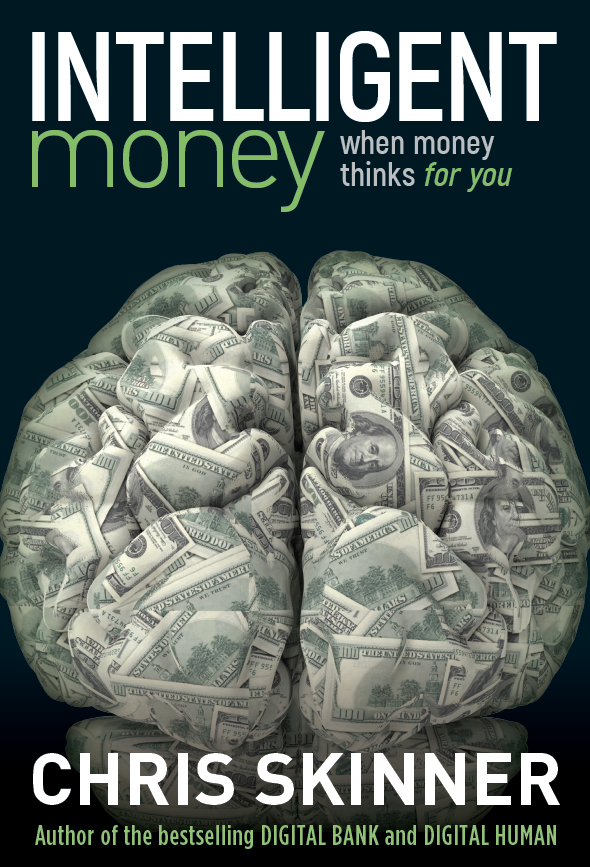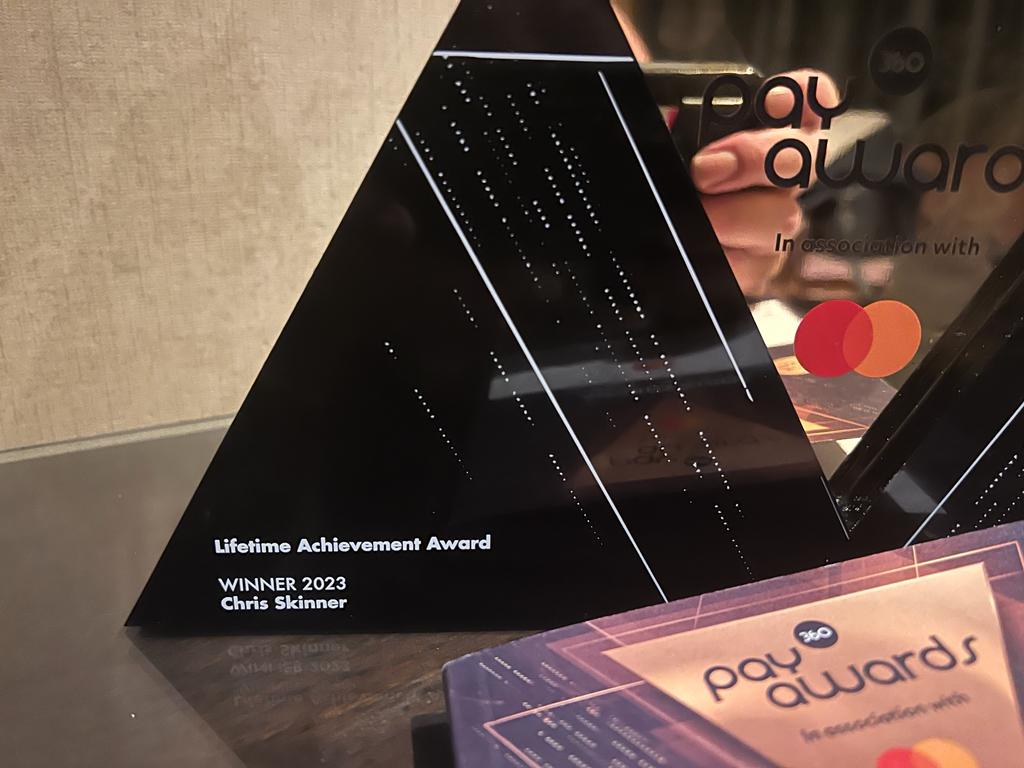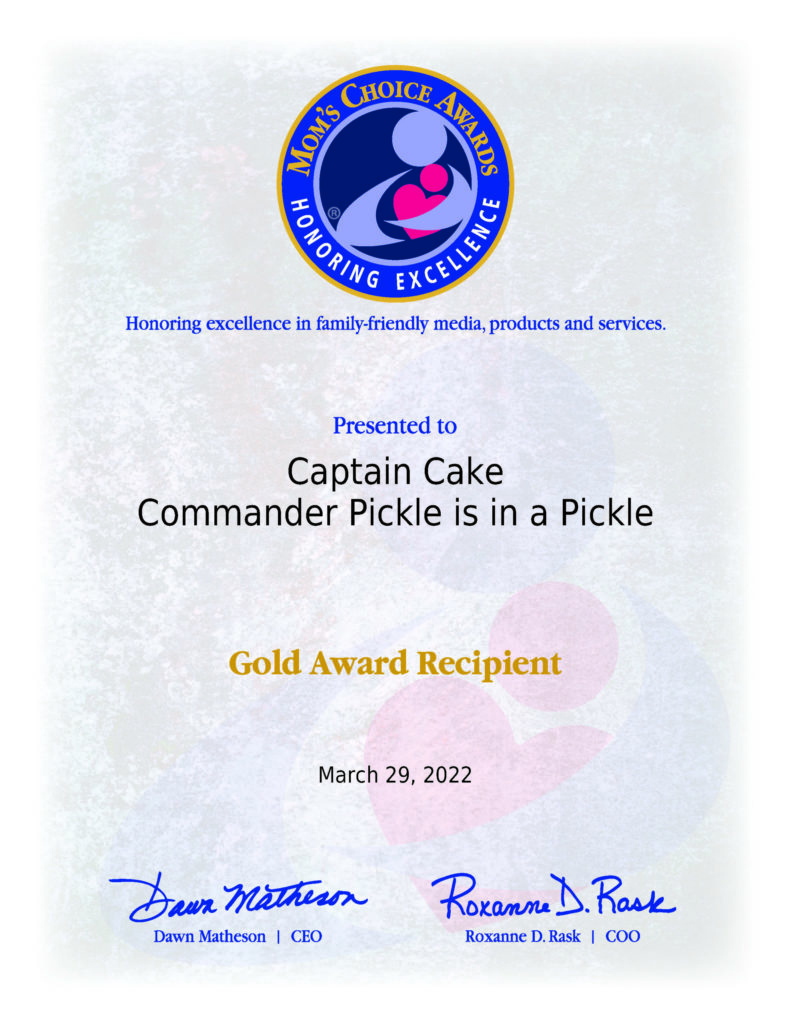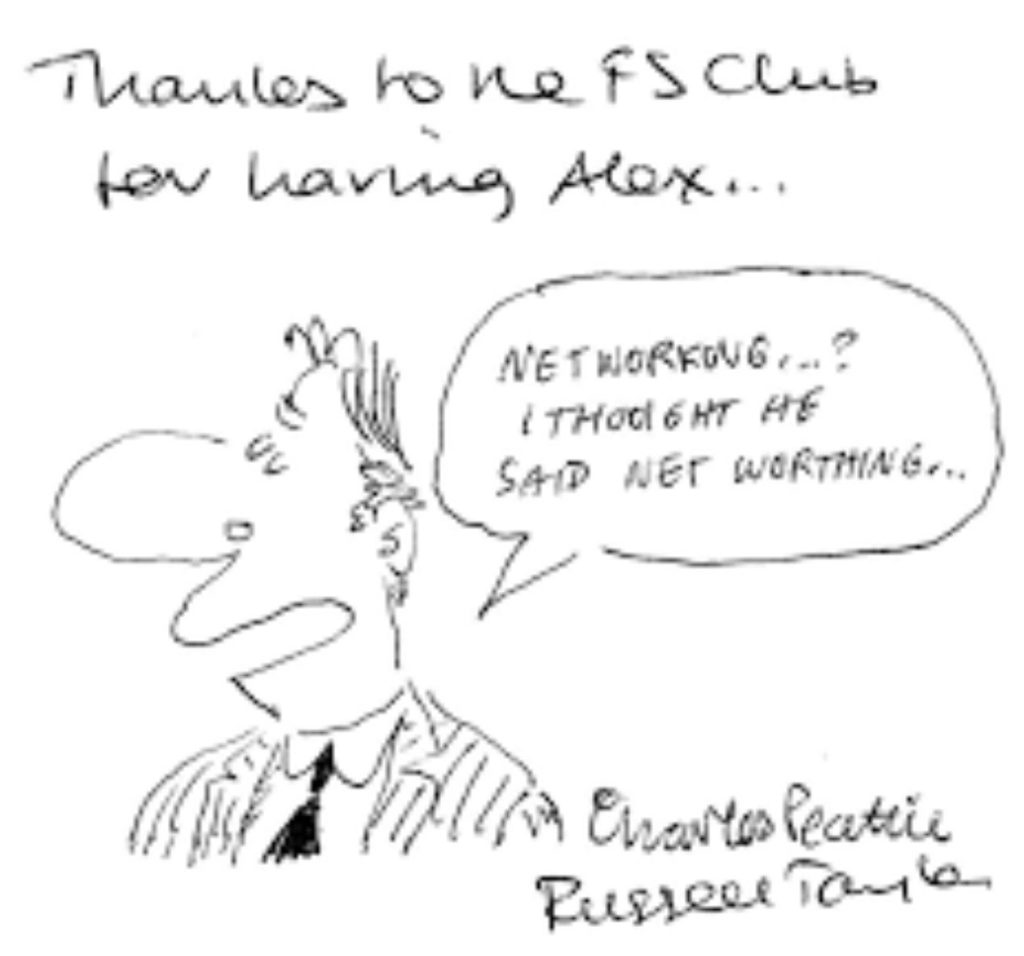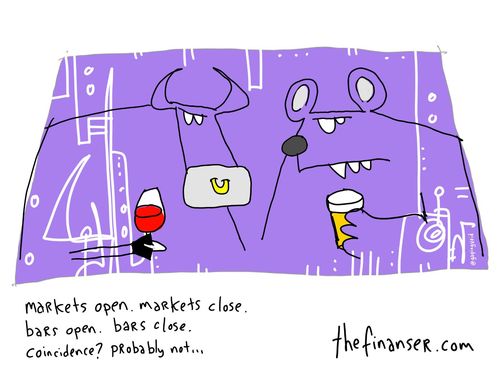
There are evangelists and dogmatics across the banking spectrum. On the one hand, I have regular debates with mobile extremists who believe cash is dead; on the other, there are those who are still fighting to keep the cheque in existence, and even lobbying to bring back cheque guarantee cards (they were phased out in June).
Somewhere in between is reality.
The reality for most people is that they want a branch, in order to be able to see someone if they have an issue.
They want cash, because there is no realistic alternative.
They are happy to consider new things, like mobile banking, but won’t be converted until it feels safe and easy and appropriate.
That’s a summary of the mainstream retail bank user.
There’s then an extreme bank user.
They want mobile wallets, contactless payments and cashless living and they want it now.
There’s then another bank user who rejects any new form of operation.
They don’t use internet banking, would never consider mobile banking –they may not even own a mobile telephone! – and even resent having to use an automated call centre service to find out their balance.
What we have to bear in mind is the balance between the extremes and the mainstream, and chart our banking customer base across a spectrum of technology adoption extremes.
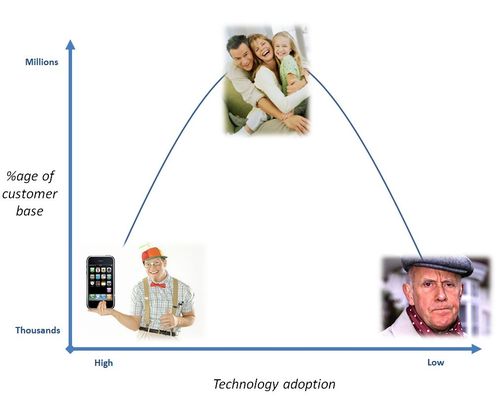
As we do this however, we reinforce stereotypes.
For example, our tech user appears to be a Gen Y geek, but they aren’t necessarily Gen Y or a particular demographic; they’re just massively comfortable with technology and believe that, if it screws up, the bank will be responsible.
Meanwhile, our anti-tech customer is stereotyped as a grumpy old man, but this is not necessarily the case.
Our anti-tech customer could just as easily be a young person, who just doesn’t feel comfortable trusting their hard-earned money to an e- or m- channel.
And this is where many get it wrong.
They assume things about humanity and attitudes which are often not proven or justified.
This was brought home to me when discussing branch banking with one retail bank, and they had developed an iPod room for the youngsters and a Library room for the seniors.
Once the branch was launched, the seniors all wanted to use the iPod room to be young and cool again, whilst the juniors wanted to meet in the Library room as money matters should be taken seriously.
So there’s lesson one: develop your channels and designs for the customer of choice, but don’t assume that customer is a monolithic stereotyped group.
The second lesson is that you cannot please all of the people all of the time, so focus upon who you really want to please.
Most banks design for the mainstream.
However, there is room for banks that target the thousands rather than the millions.
Building societies, credit unions and community banks do well catering for the anti-technology, community based branch user.
Internet-only and branchless banks can thrive serving the anti-branch, hi-tech user.
The third lesson is that we must learn to tolerate the extremes and not ostracise them.
Too often the anti-tech's are viewed as being useless, representing the past, whilst the pro-tech's are the future, and are progressive.
Not necessarily.
You could just as easily say that the anti-tech group is cautious, conservative and often proven right when the pro-tech user's identities are stolen and accounts compromised.
So we just need to learn to live with the extremes.
I know all this is obvious, but no harm in reiterating it every now and again.
Chris M Skinner
Chris Skinner is best known as an independent commentator on the financial markets through his blog, TheFinanser.com, as author of the bestselling book Digital Bank, and Chair of the European networking forum the Financial Services Club. He has been voted one of the most influential people in banking by The Financial Brand (as well as one of the best blogs), a FinTech Titan (Next Bank), one of the Fintech Leaders you need to follow (City AM, Deluxe and Jax Finance), as well as one of the Top 40 most influential people in financial technology by the Wall Street Journal's Financial News. To learn more click here...





